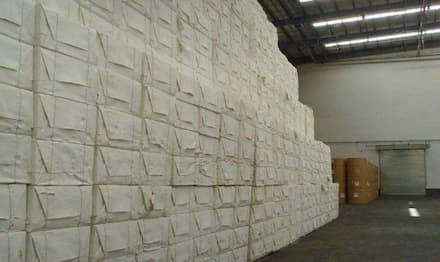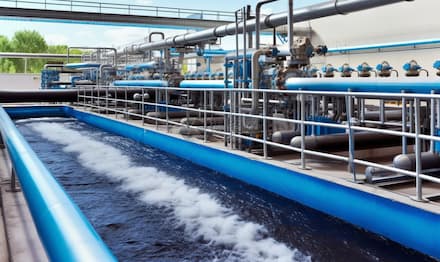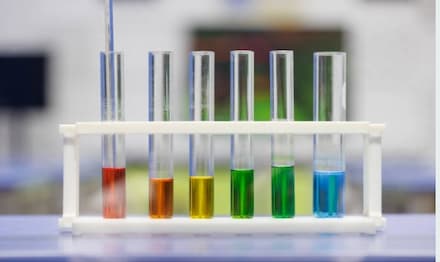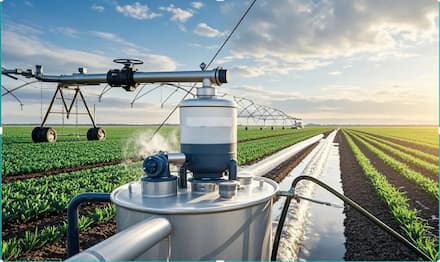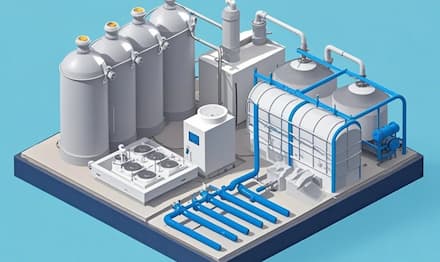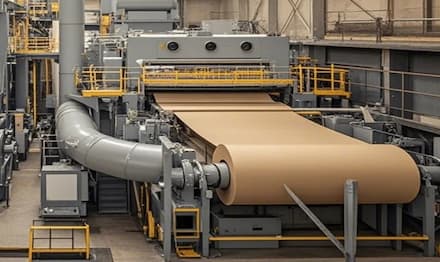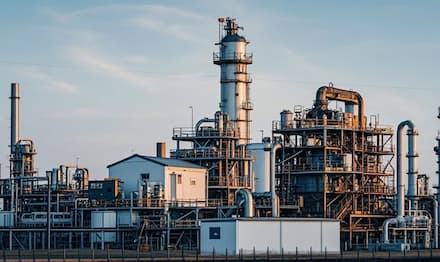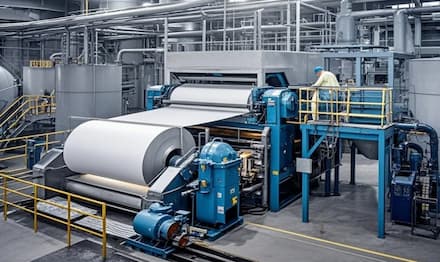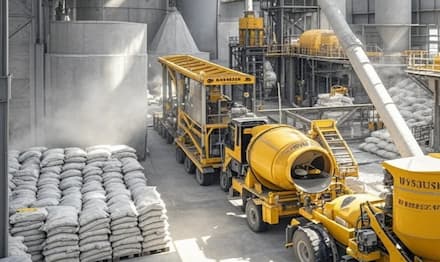Optimizing Water Treatment with Defoamers
In the water treatment industry, the management of foam is a constant challenge that can lead to operational inefficiencies and environmental concerns. Whether dealing with wastewater treatment, industrial water systems, or drinking water purification, foam buildup can hinder the performance of critical processes. This is where defoamers come in, offering an effective solution to prevent foam formation and enhance overall system efficiency.
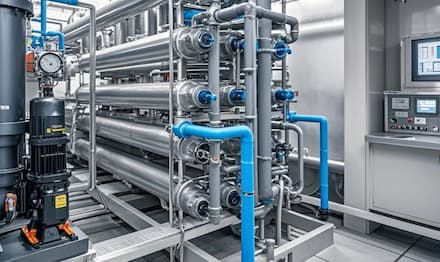
Modern defoamers are designed to cater to various water treatment processes, each with its own unique challenges. For example, silicone-based defoamers are ideal for high-temperature and high-pressure applications, while non-silicone options offer superior compatibility in chemical-intensive processes. This flexibility ensures that water treatment facilities can effectively tackle foam problems across a wide range of conditions, all while maintaining high levels of efficiency and performance.
When it comes to reliable and effective foam control in water treatment, Rickman defoamer stands out as a top choice. Rickman offers a comprehensive range of defoamers that not only deliver superior foam suppression but are also designed with sustainability in mind. Their products are environmentally friendly and biodegradable, helping water treatment facilities meet the growing demand for eco-conscious solutions.
In addition to providing high-performance defoamers, Rickman excels in customer service. The company offers personalized technical support, helping clients choose the right defoamer solutions for their specific needs. Rickman’s team works closely with water treatment professionals to optimize processes, reduce costs, and ensure smooth operations.
Click on the related products links:RK-8636(Water-Based Silicone Antifoaming Agent) /RK-800P (High Cost-effective Defoaming Agent For Concrete)
